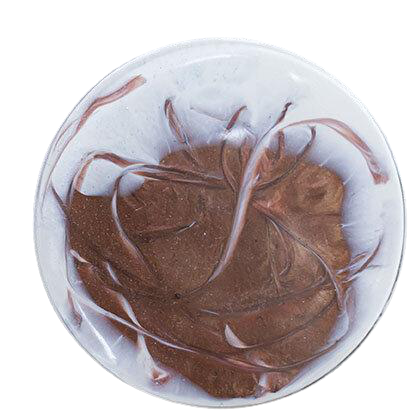Xiangtan Hondson Coating Technology Co., Ltd. has been at the forefront of developing Physical Vapor Deposition (PVD) systems since 2008. As a leader in the industry, the company understands the importance of providing customers with high-quality equipment and services.

One of the critical features of PVD systems is sputter coating, which is standard in preparing non-conducting or poorly conducting specimens for observation in a scanning electron microscope (SEM). The sputter coating scanning electron microscopy process covers a specimen with a thin layer of conducting material, typically a metal, such as a gold/iridium/platinum (Au/Ir/Pt) alloy. By doing this, a conductive coating is formed, preventing the charging of the specimen under the electron beam in conventional SEM mode.
Sputter coating in SEM offers a range of benefits, including reduced microscope beam damage, increased thermal conduction, reduced sample charging, improved secondary electron emission, reduced beam penetration with improved edge resolution, and protects beam-sensitive specimens. For low voltage SEM operation, a thin coating can still benefit in many cases.
Generally, sputter coating is critical in SEM because non-conductive or poorly conductive samples tend to charge when exposed to the electron beam, affecting image quality. Most scanning electron microscope observations require an electrical charge to produce quality images, and when the charge is not provided, the image will not be clear enough for examination. In this case, providing a conductive layer using sputter coating is necessary to improve the image quality.
Sputter coating is also crucial for sample analysis using energy-dispersive X-ray spectroscopy (EDS). When a conductive coating like metal is used, the heavy metals increase the signal-to-noise ratio by acting as good secondary electron emitters. However, the same coating may be of inferior quality when X-ray spectroscopy is employed. In this case, a carbon coating is preferred.
Due to the benefits of sputter coating, it has become standard practice in SEM. Sputter coaters enhance the sputter deposition process and provide an electrically conductive thin film that is representative of the specimen for viewing. The thin films formed by sputter coaters inhibit charging, reduce thermal damage, and enhance secondary electron emission.
Xiangtan Hondson Coating Technology Co., Ltd. offers a range of Physical Vapor Deposition (PVD) systems with sputter coating capabilities for SEM observation. The company's engineering excellence, quality, and reliability are the principal values that have made the brand a favorite among several customers in various industries.
The company has a range of systems to offer, from the simplest thermal evaporation system to a fully automatic production sputter coater. Customers can expect a high level of attention to detail; each system is designed to fit their specific needs. Both laboratory and industrial processes can benefit from the range of PVD systems from Xiangtan Hondson Coating Technology Co., Ltd.
In conclusion, sputter coating in SEM is a critical process to improve image quality by providing an electrical charge to the sample. Sputter coaters play a significant role in this process by enhancing the sputter deposition process to provide an electrically conductive thin film that is representative of the specimen for viewing. Xiangtan Hondson Coating Technology Co., Ltd. offers a range of PVD systems to help customers achieve better results in SEM observation.